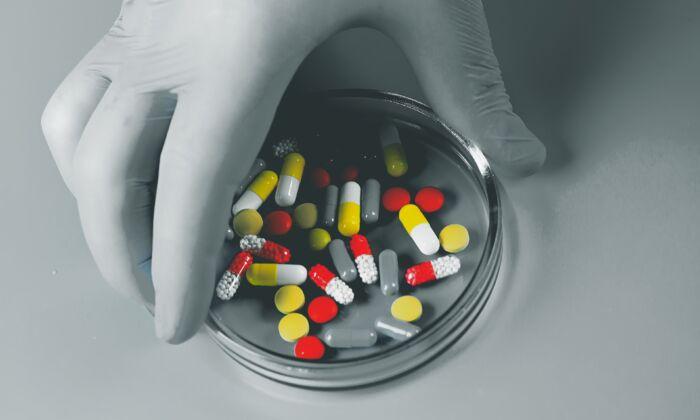Superbugs, one of the top 10 threats to global public health according to the World Health Organisation (WHO), may soon be a thing of the past after Australian researchers developed a new way to eradicate antibiotic-resistant bacteria.
Researchers from Monash University in Victoria have discovered a new method that could potentially destroy the superbugs, prevent antibiotic resistance and reduce antibiotic intake to limit any non-targeted bacteria from coming into contact with the medicine and developing resistance.
The researcher’s new treatment kills superbugs using antibiotics that superbugs have not yet developed a high resistance to in combination with nanoparticles.
The method developed by Shen and Prof. Jian Li of the university’s Biomedicine Discovery Institute and Department of Microbiology uses a polytherapy based approach to combat antimicrobial resistance using cubosomes which disrupts the bug’s outer membrane using water-resistant nanoparticles loaded with superbug antibiotics.
“For a long time, nanoparticles have been used specifically as antimicrobial carriers, but the use of nanoparticles in polytherapy treatments with antibiotics in order to overcome antimicrobial resistance has been overlooked,” said Shen.
“The use of nanoparticles-antibiotics combination therapy could reduce the dose intake in the human body and overcome the multidrug resistance.”
The new method involves a two-step process. The first step uses an antibiotic like Polymyxin to break up the outer membrane of the superbug. Superbug’s unique outer membrane is the feature that gives them their resistance, the membrane has a slime coating, but its best defence is the unique molecules within it that stop most antibiotics from entering and killing the bug.
Polymyxin is one of the antibiotics that can get past the unique molecules and break the cell wall; however, if they are used continuously to treat the bacteria, the superbugs will develop a resistance to them.
That is why the second step uses nanoparticles, like cubosomes, to break up the outer membrane further and destroy the bug. The nanoparticles themselves have antibiotic properties and can therefore help to decrease the dose of antibiotics used, preventing the bug from developing resistance.
Antimicrobial resistance occurs from the overuse of antimicrobial medicine such as antibiotics and makes infections increasingly more difficult or sometimes impossible to treat, resulting in the deaths of many people.
The WHO said that most antibiotics introduced to the market in recent decades are derivatives of antibiotics found in the 1980s, not new types of antibiotics, and all 43 antibiotics currently on the market do not sufficiently address superbugs meaning that more and more people will die from basic infections like pneumonia and urinary tract infections because bacteria will develop resistance to our limited supply of antibiotics.
People undergoing surgery or chemotherapy will be at high risk, and the scramble to develop more and more antibiotics will harm the global economy.
This is where the new technology comes into its own.
“When bacteria become resistant, the original antibiotics can no longer kill them. Instead of looking for new antibiotics to counteract superbugs, we can use the nanotechnology approach to reduce the dose of antibiotic intake, effectively killing multidrug-resistant organisms,” Shen said.
The testing phase of Monash University’s research project is now underway.




